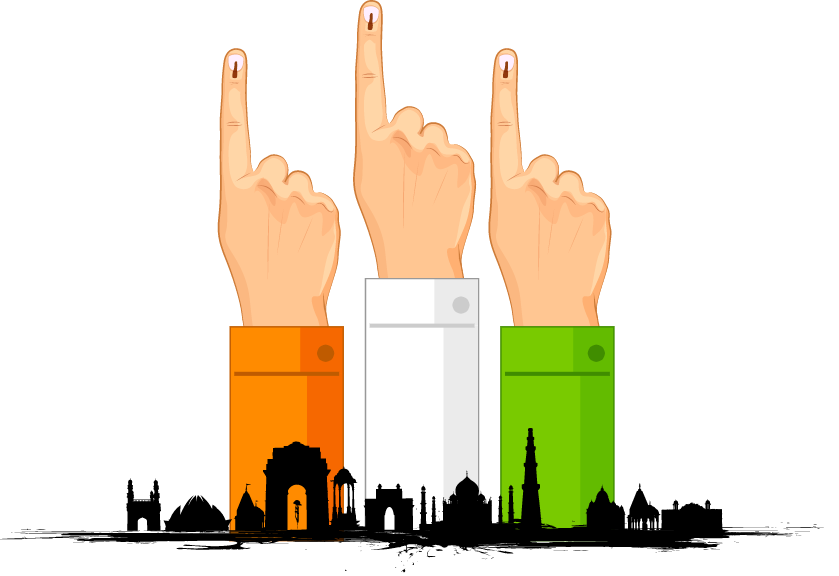OPINION
OPINION | Cast(e) in stone in Bihar
Caste remains the decisive factor in influencing a voter’s choice. Given that, the opposition seems to have done a good job in stitching together an array, giving it an edge in a tight contest
SNM Abdi
SNM Abdiis an independent journalist specialising in India’s foreign policy and domestic politics. Views are personal, and do not represent the stand of this publication.Rahul Gandhi’s election integrity campaign has grabbed attention, but can it deliver votes?
The real test lies not in television debates or press statements but on the ground—will Gandhi’s gambit strike a chord with voters, or will it fade into yet another episode of political shadowboxing remains to be seen
Sayantan Ghosh
Sayantan Ghoshteaches journalism at St. Xavier's College (autonomous), Kolkata and a columnist. He tweets at @sayantan_gh. Views are personal, and do not represent the stand of this publication.OPINION | Nitish Kumar didn’t just demolish the opposition, he’s also changed intra-NDA dynamics
His ability to defy incumbency fatigue, a feature in Indian politics, is remarkable. But the potential scale of this victory, and the visible support from women, mean that within his coalition, Nitish has strengthened his position
SNM Abdi
SNM Abdiis an independent journalist specialising in India’s foreign policy and domestic politics. Views are personal, and do not represent the stand of this publication.Uttar Pradesh Lok Sabha Elections 2024 FAQs
When will the Uttar Pradesh Lok Sabha Elections 2024 be held?
The Uttar Pradesh Lok Sabha Elections 2024 is being held in multiple phases, starting from April 19 and continuing until June 1, 2024.
When will the UP Lok Sabha Election Results 2024 be declared?
The results of the UP Lok Sabha Elections 2024 will be declared on June 4, 2024. On this day, the counting of votes will commence, and the final results are expected to be announced by the end of the day. This declaration will reveal the winners of all 80 constituencies in Uttar Pradesh and will significantly shape the overall outcome of the national elections.
When will the UP Lok Sabha Election Exit Poll Results 2024 be declared?
The UP Lok Sabha Election Exit Poll Results 2024 will be declared on June 1, 2024, immediately after the conclusion of the final phase of voting. These exit polls, conducted by various agencies and media houses, provide an early indication of the possible outcomes based on voter surveys conducted at polling stations.
How many Lok Sabha seats are there in Uttar Pradesh?
Uttar Pradesh has a total of 80 Lok Sabha seats, the highest number of any state in India. These constituencies play a crucial role in the formation of the central government, given their significant contribution to the total number of seats in the Lok Sabha. Winning a substantial number of these seats is vital for any party or coalition aiming to secure a majority in the Parliament.
Who are some key candidates in the UP Lok Sabha Elections 2024?
Key candidates in the UP Lok Sabha Elections 2024 include several prominent political figures. Prime Minister Narendra Modi (BJP) is contesting from Varanasi, a seat he currently holds. Akhilesh Yadav, the leader of the Samajwadi Party (SP), is another significant candidate, contesting from Kannauj. Rahul Gandhi (INC), a key leader of the Indian National Congress, and Smriti Irani (BJP), the current MP from Amethi, are also notable contenders. Mayawati, the leader of the Bahujan Samaj Party (BSP), is expected to play a pivotal role. Other important candidates include Jitin Prasada (BJP) and Ajay Kumar Lallu (INC), reflecting the high-stakes nature of this election.
Who won the UP Lok Sabha Elections 2019?
In the 2019 Lok Sabha Elections, the Bharatiya Janata Party (BJP) achieved a significant victory in Uttar Pradesh, winning 62 out of the 80 seats. This substantial win contributed to the BJP's overall majority in the Parliament, enabling Narendra Modi to secure his second term as Prime Minister. The Samajwadi Party (SP) and Bahujan Samaj Party (BSP) alliance managed to secure 15 seats, reflecting their regional strength, while the Indian National Congress (INC) won just 1 seat.
























